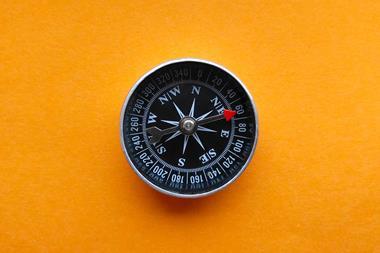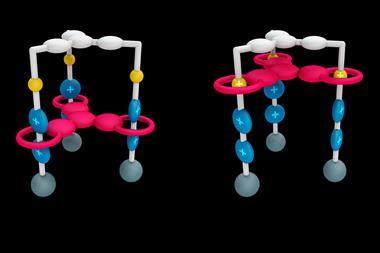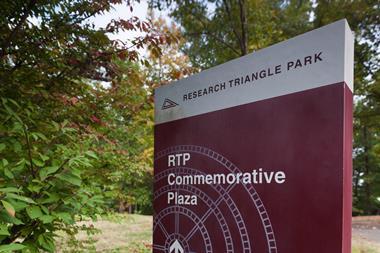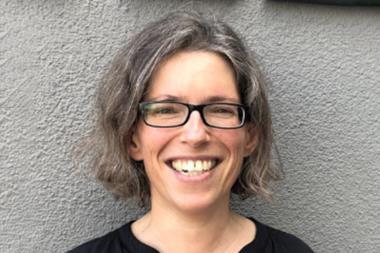The International Union of Pure and Applied Chemistry (Iupac) is planning to create a multi-language chemistry dictionary to enable teachers and academics across the world to communicate more easily.
The proposed text – which Iupac hopes will become a tool for the application and communication of chemical knowledge – will contain translations and definitions of terms in up to 16 languages. The union hopes that it will provide a common ground for professional communications between chemistry educators with different native languages.
The dictionary will include such chemical terms as ‘electrolyte’ and ‘non-metal’ and educational terms such as ‘curriculum’ and ‘stick-and-ball model’ although the final list has yet to be decided. The process will begin by compiling the list of terms and definitions in English before national contributors add the corresponding terms and definitions in their languages.
In a statement, Iupac said the rationale behind the project was the fact that many countries have different pedagogical traditions with their own semantic frameworks. ‘As a result, direct translation of terms is not always helpful, for example, the term “constructivism” in Russian refers to an architectural style, not a pedagogical approach,’ it said.
‘This dictionary will provide the terms and brief definitions of their meaning across languages. This will facilitate exchange and better understanding among teachers and academics worldwide.’

















No comments yet